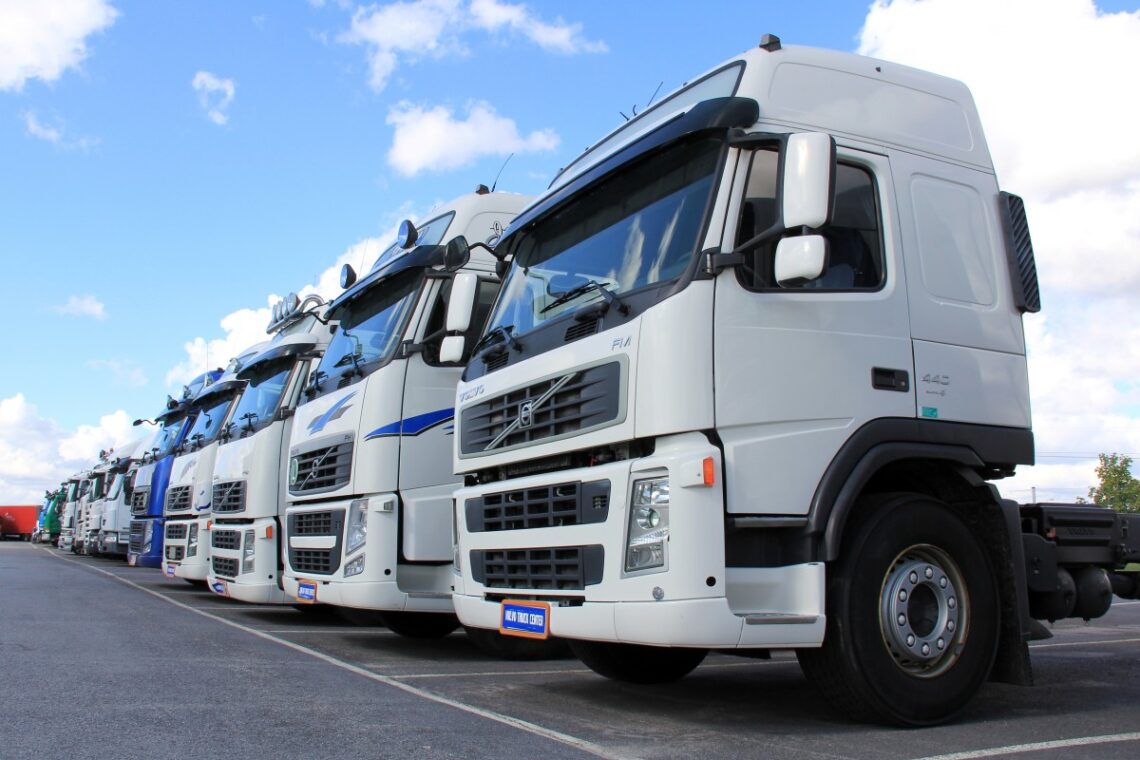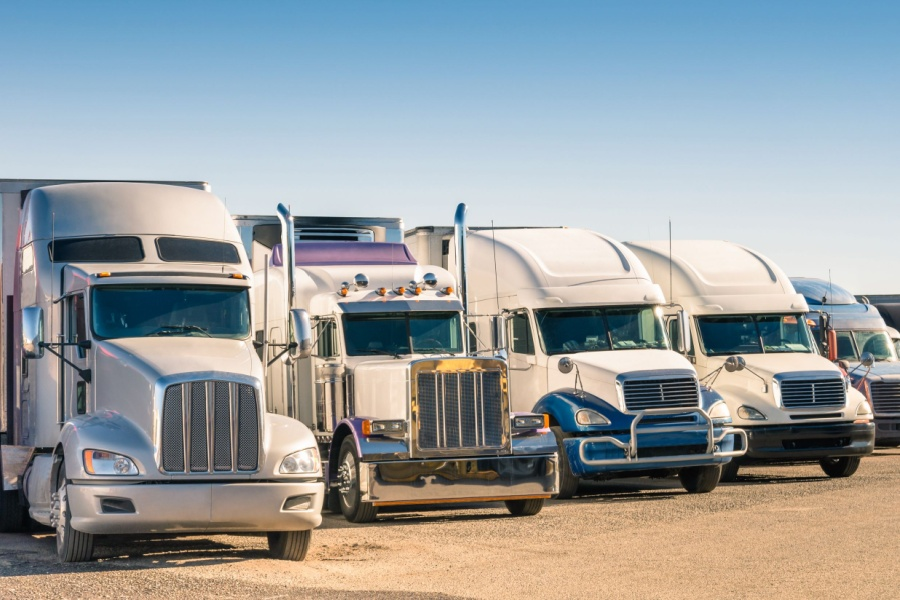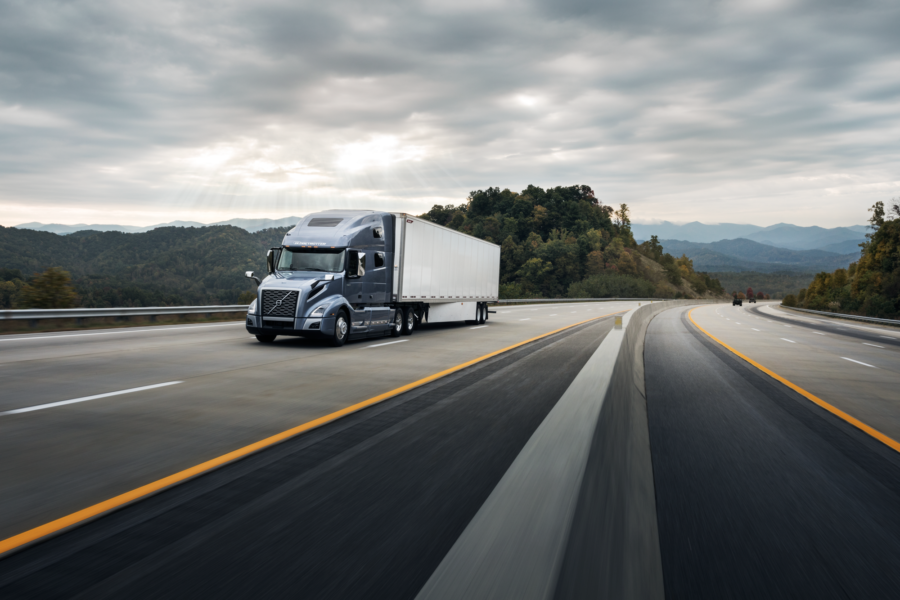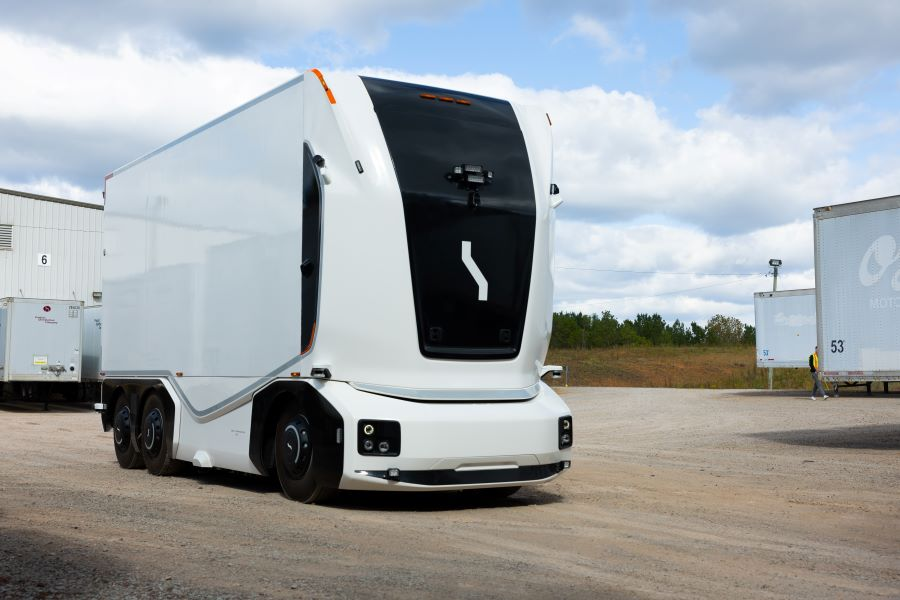The role of HGV heavy goods vehicle in our global supply chain represents more than just transportation—it embodies the very essence of our consumption-driven society, where goods traverse continents and cities in an endless dance of supply and demand. In Singapore’s bustling port economy, these mechanical behemoths form the backbone of our logistics infrastructure, yet their presence raises profound questions about sustainability and social responsibility.
The Corporate Giants Behind the Wheel
Like many aspects of our modern economy, the heavy goods vehicle sector is dominated by powerful corporate interests. According to the Singapore Logistics Association, the industry represents:
- Over 8,400 registered logistics companies
- 200,000+ employment opportunities
- 7% contribution to Singapore’s GDP
- $27.3 billion in annual revenue
The Human Cost of Efficiency
Behind every HGV traversing our highways lies a complex web of human stories. Drivers face:
- 12-14 hour working days
- Physical health challenges from prolonged sitting
- Mental stress from tight delivery schedules
- Social isolation and disrupted family lives
The Land Transport Authority reports that HGV drivers work an average of 54 hours per week, significantly higher than the national average of 44 hours.
Environmental Impact: The Inconvenient Truth
The environmental footprint of these vehicles cannot be ignored:
- Each HGV produces approximately 2.5 times more carbon emissions than standard vehicles
- Singapore’s logistics sector accounts for 15% of the nation’s total carbon emissions
- Urban air quality monitoring stations near major logistics hubs show 30% higher particulate matter
The Digital Revolution: Friend or Foe?
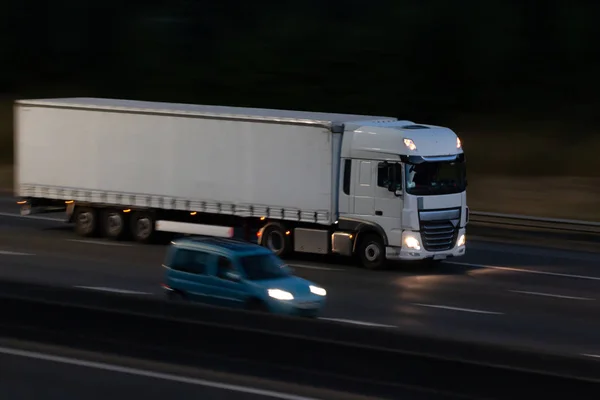
While technology promises efficiency gains, it often serves as a double-edged sword:
- GPS tracking systems enable real-time monitoring but raise privacy concerns
- Automated loading systems reduce labour needs but eliminate jobs
- Electric HGVs promise cleaner operation but require massive infrastructure investment
The Regulatory Landscape
Singapore’s regulatory framework for HGVs reflects the tension between commercial interests and public safety:
- Mandatory rest periods for drivers
- Strict emissions standards
- Regular vehicle inspections
- Weight and size restrictions
However, the Singapore Traffic Police report that HGV-related incidents still account for 12% of all road accidents.
The Economic Paradox
The economics of heavy goods vehicles reveal deep contradictions:
- High initial investment costs
- Rising maintenance expenses
- Increasing fuel prices
- Environmental compliance costs
Yet, according to the Singapore Business Federation, 73% of companies consider HGV operations essential to their business model.
The Road Forward: Alternative Solutions
Progressive cities worldwide are exploring alternatives:
- Underground logistics systems
- Off-peak delivery programmes
- Multi-modal transport solutions
- Last-mile electric vehicle options
Singapore’s Land Transport Master Plan 2040 aims to reduce HGV traffic by 20% through such initiatives.
Worker Rights and Social Justice
The struggle for driver rights continues:
- Push for better working conditions
- Fair wage campaigns
- improved rest facilities
- Enhanced safety measures
The National Transport Workers’ Union reports that only 45% of HGV drivers feel their concerns are adequately addressed.
The Technology Transition
As we move toward automation and electrification:
- Autonomous vehicle trials
- Alternative fuel research
- Smart routing systems
- Predictive maintenance technology
The Singapore Green Plan 2030 mandates that 30% of heavy vehicles must be cleaner-energy models by 2030.
The Community Impact
Local communities bear the burden of HGV traffic:
- Noise pollution
- Road wear and tear
- Safety concerns
- Air quality issues
Urban Redevelopment Authority data shows property values are 15% lower in areas with high HGV traffic.
In conclusion, the future of logistics demands a radical rethinking of our relationship with transportation and consumption. As we stand at this crossroads, the choices we make about HGV heavy goods vehicle will determine not just the efficiency of our supply chains, but the very quality of life in our urban spaces.

